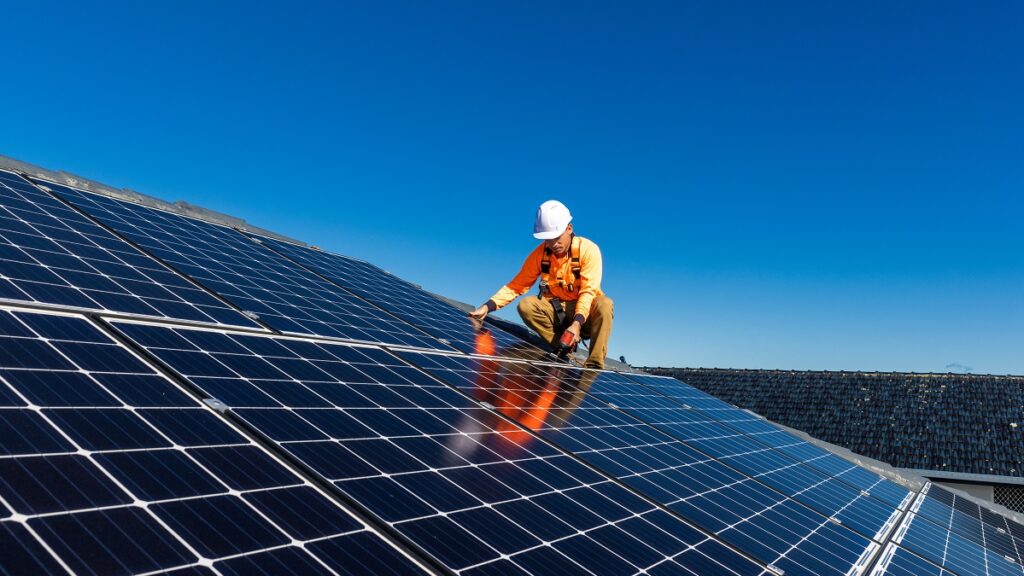Could switching to renewable power sources such as solar be the answer to your rising power bills? The Climate Council believes so.
Power bills across Australia are set to jump by as much as 25 per cent in coming months after the Australian Energy Regulator (AER) released its draft Default Market Offer (DMO) yesterday.
The new offer reflects rising inflation and network generation costs, and is sure to make many question whether or not they’re getting the best deal from their energy provider.
A perfect time, says the Climate Council, to consider fully electrifying your home and switching to solar power generation.
“Australia’s cost-of-living crisis continues to bite, with energy companies passing on price hikes to consumers even as they rake in massive profits,” says Nathan Hart, energy transformation campaigner for the Climate Council.
“Ending our dependence on expensive, price-volatile fossil fuels should be a top priority for our leaders. Coal, oil and gas will always be susceptible to wild price spikes because the price households pay is linked to the international market.
“Foreign wars shouldn’t dictate the price Australian households pay to heat and cool their home. We can and should take control of our own power.”
The Climate Council is calling on the federal and state governments to assist Australians with interest-free loans to help them switch to solar, replace gas appliances with electric ones and generally improve the energy efficiency of their home.
The council found in its Switch and Save report that by electrifying all appliances in the home and installing solar power generation can deliver savings of between $500 and $1900 per year and can recoup the costs of the switch in as little as six years.
“There are about eight million homes in Australia that were built prior to minimum energy efficiency standards,” Mr Hart says.
“With a little help, every one of these could be upgraded to deliver cheaper power bills.”
But the plan also has its detractors.
Steve Davies, chief executive of the Australian Pipelines and Gas Association (APGA), told The Australian that the cost of fully electrifying homes across the country was “frequently downplayed” and massively underestimated.
He says the cost of electrifying the approximately 5.1 million households currently connected to gas lines could potentially exceed $66 billion.
“Every change we make to decarbonise our country will come at a cost,” he says.
“Each industry, including the gas infrastructure sector, has a responsibility to decarbonise and do so in a way that’s economical for households and businesses during this cost-of-living crisis.”
Independent Senator David Pocock directly challenged the APGA numbers in a statement, calling its message an “attempt to delay the electrification of Australian homes” and said electrifying the nation’s homes would cost only around $12 billion.
“A peak body representing the fossil fuel industry using made-up numbers for a baseless scare campaign is as laughable as it is unsurprising,” Senator Pocock said.
“Australian rooftop solar is a global success story thanks to support from the Howard government and every government since, and we have an opportunity to do the same with household electrification.”
Do you have gas appliances in your home? Have you estimated the costs of going electric? Let us know in the comments section below.
Also read: How electrifying your life could save you thousands

